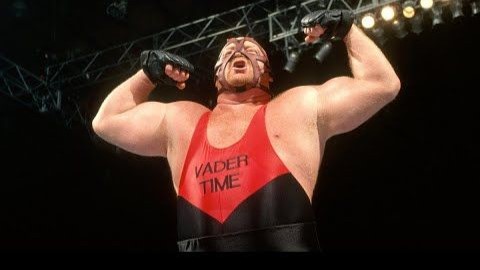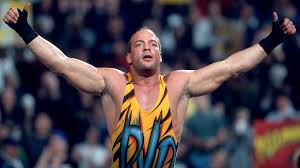See Resume of “Ricky The Dragon Steamboat” WWE Superstar, Discover the thrilling world of WWE Superstars! Explore profiles, match highlights, and exclusive insights into your favorite wrestling icons.
The Artist’s Canvas: Deconstructing the Flawless Resume of Ricky ‘The Dragon’ Steamboat
In the grand and often bombastic world of professional wrestling, some careers are defined by catchphrases, some by monstrous physiques, and others by the number of times they held a world championship. The resume of Ricky “The Dragon” Steamboat, however, is a different kind of masterpiece. It is a document painted with the subtle brushstrokes of a master artist, a testament to flawless technical wrestling, unparalleled babyface fire, and an ability to tell profound stories within the confines of the squared circle.
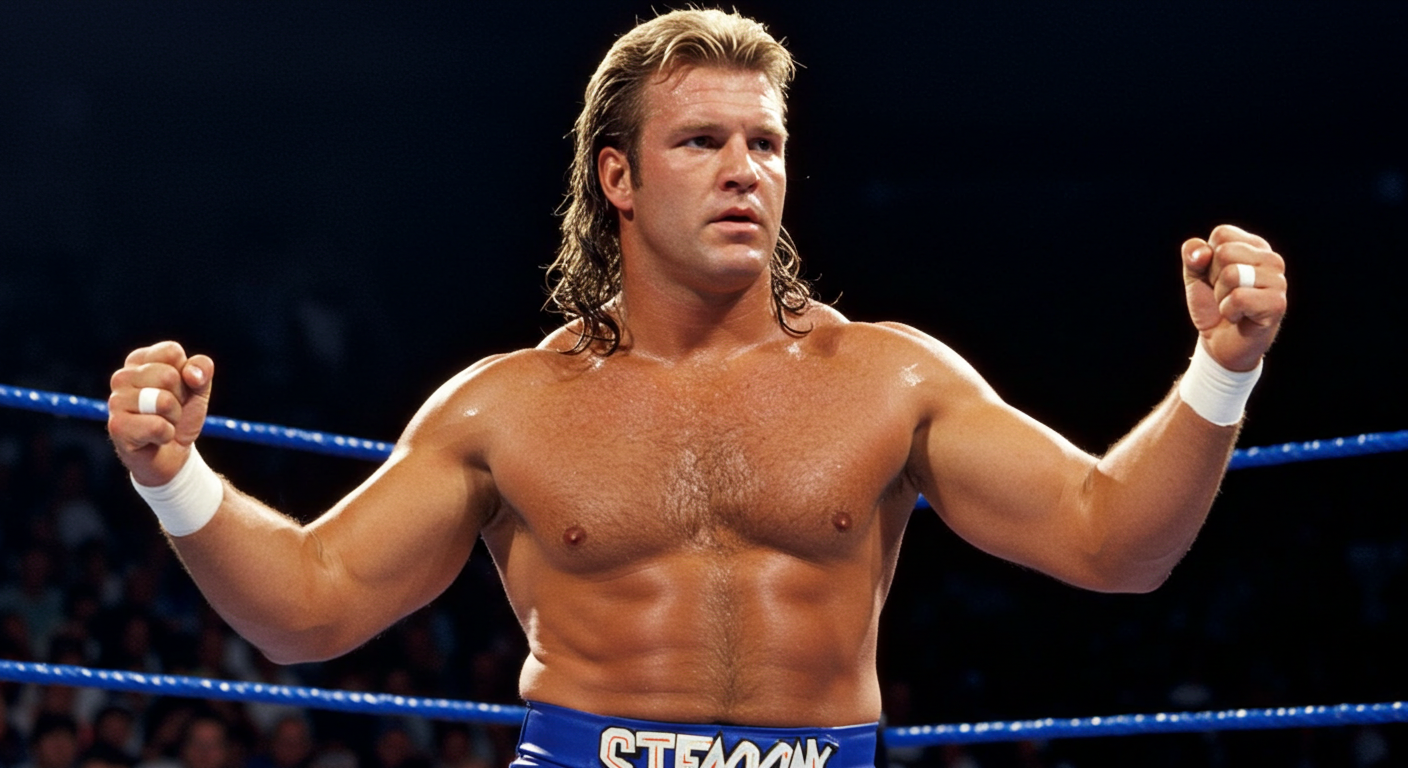
For nearly two decades, Ricky Steamboat was the consummate professional’s professional. He was the perpetual good guy, a fiery and honorable warrior who could absorb an unholy amount of punishment before breathing fire and mounting a comeback that would send arenas into a frenzy. He didn’t need elaborate promos or controversial antics; his work did the talking. His resume is not just a list of championships, but a collection of some of the most critically acclaimed and historically significant matches ever contested. To analyze the career of “The Dragon” is to study the art of wrestling in its purest form, a legacy of in-ring excellence that remains the gold standard for generations of performers.
Act I: The Mid-Atlantic Phenom – Forging a Legend in Crockett Country
Before the entire world knew him as “The Dragon,” Richard Blood made his name in the heartland of professional wrestling: Jim Crockett Promotions (JCP) in the Mid-Atlantic territory. It was here, under the tutelage of promoter Jim Crockett Jr. and booker George Scott, that he became Ricky Steamboat, a young, charismatic, and incredibly gifted athlete who would become one of the premier babyfaces of his era.
- A Tag Team Icon: Steamboat’s early success came in the tag team division. His partnership with the fiery Jay Youngblood is still considered one of the greatest babyface tag teams of all time. Their epic, blood-soaked feud against the villainous Sgt. Slaughter and Don Kernodle over the NWA World Tag Team Championships culminated in a legendary steel cage match at the first-ever Starrcade in 1983, a match that helped put both the event and the performers on the map.
- The United States Champion: Steamboat quickly proved his mettle as a singles star, capturing the NWA United States Heavyweight Championship on multiple occasions. This was the top singles title in the territory, and his reigns established him as a main-event player. It was his feuds over this title that would define his early career.
- The Rivalry That Defined an Era: Steamboat vs. Flair: The rivalry between Ricky Steamboat and “Nature Boy” Ric Flair is the stuff of legend. It was the perfect wrestling dynamic: the flamboyant, arrogant, “dirtiest player in the game” against the humble, fiery, family man. Their series of matches for the NWA World Heavyweight Championship throughout the late 1970s and 1980s were masterclasses in psychology and endurance. They wrestled to 60-minute draws, traded victories, and told a long-term story that captivated audiences and solidified both men as all-time greats. This rivalry wasn’t just a series of matches; it was the artistic pinnacle of the territory system.
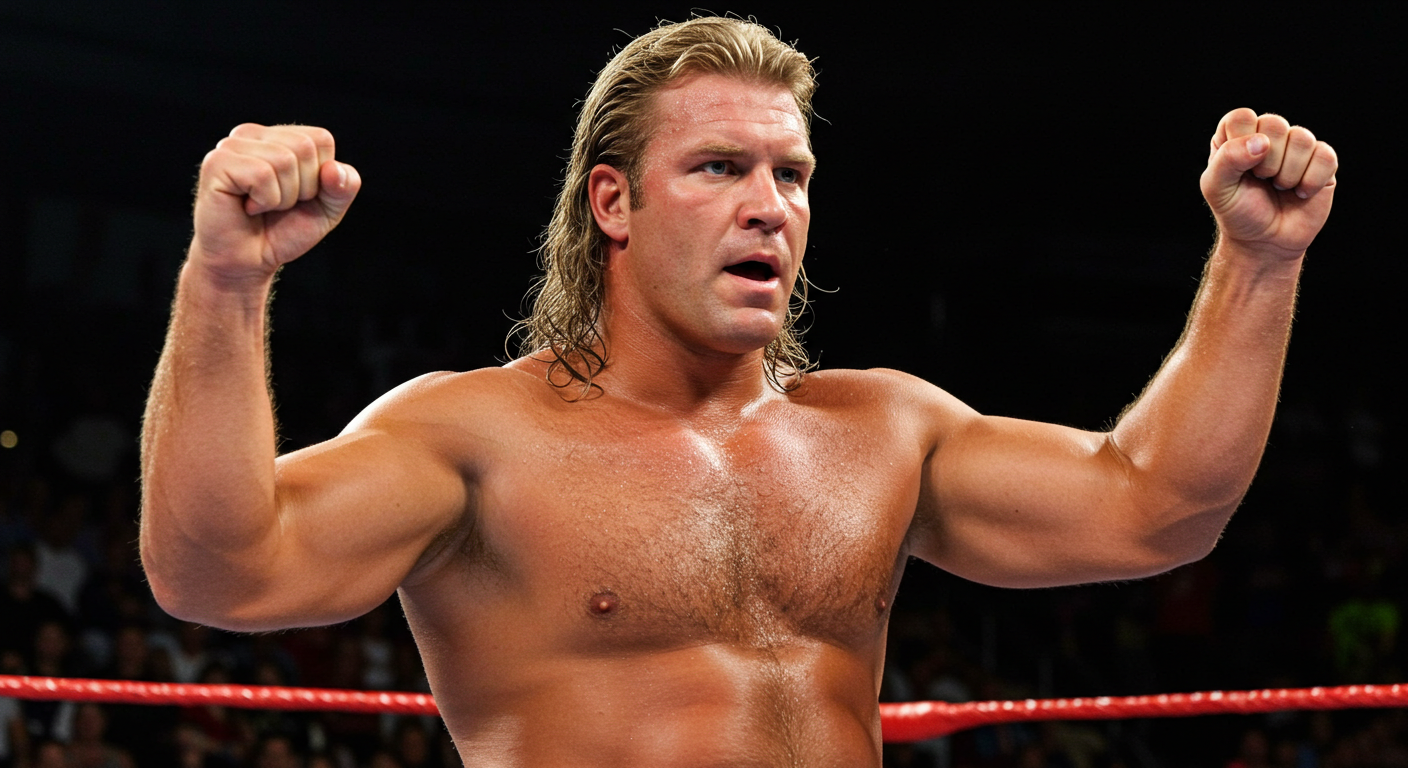
Act II: The Dragon is Born – A WrestleMania Masterpiece
In 1985, Ricky Steamboat made the jump to the World Wrestling Federation. It was here that his Japanese-American heritage was emphasized, and he was officially nicknamed “The Dragon.” He carried a komodo dragon to the ring and incorporated more martial arts into his offense. While he was already a massive star, his run in the WWF would produce the single most famous match of his entire career.
- The Feud with “Macho Man” Randy Savage: The rivalry began when the paranoid and jealous Intercontinental Champion, Randy Savage, perceived a friendly glance from Steamboat towards his manager, Miss Elizabeth. In a vicious assault, Savage came off the top rope and crushed Steamboat’s larynx with the ring bell. The injury was so severe (in storyline) that Steamboat was forced to speak with an electrolarynx for weeks. This intensely personal and brilliantly executed angle set the stage for a dramatic showdown.
- WrestleMania III – The Match That Stole the Show: On a card headlined by the colossal Hulk Hogan vs. André the Giant, it was the Intercontinental Championship match between Randy Savage and Ricky Steamboat that is still talked about today. In front of a record-breaking 93,000 fans, the two men put on a technical wrestling clinic that was years ahead of its time. The match was a breathtaking display of athleticism, psychology, and near-falls, meticulously planned and perfectly executed. When Steamboat finally captured the title after an assist from George “The Animal” Steele, the Pontiac Silverdome erupted.
This match is more than just a highlight on Steamboat’s resume; it’s a landmark in wrestling history. It is widely considered by many critics and fans to be the greatest match in WrestleMania history and one of the most influential matches of all time. It proved that a technical, athletic contest could captivate a stadium-sized audience and set a new standard for in-ring work in the WWF.
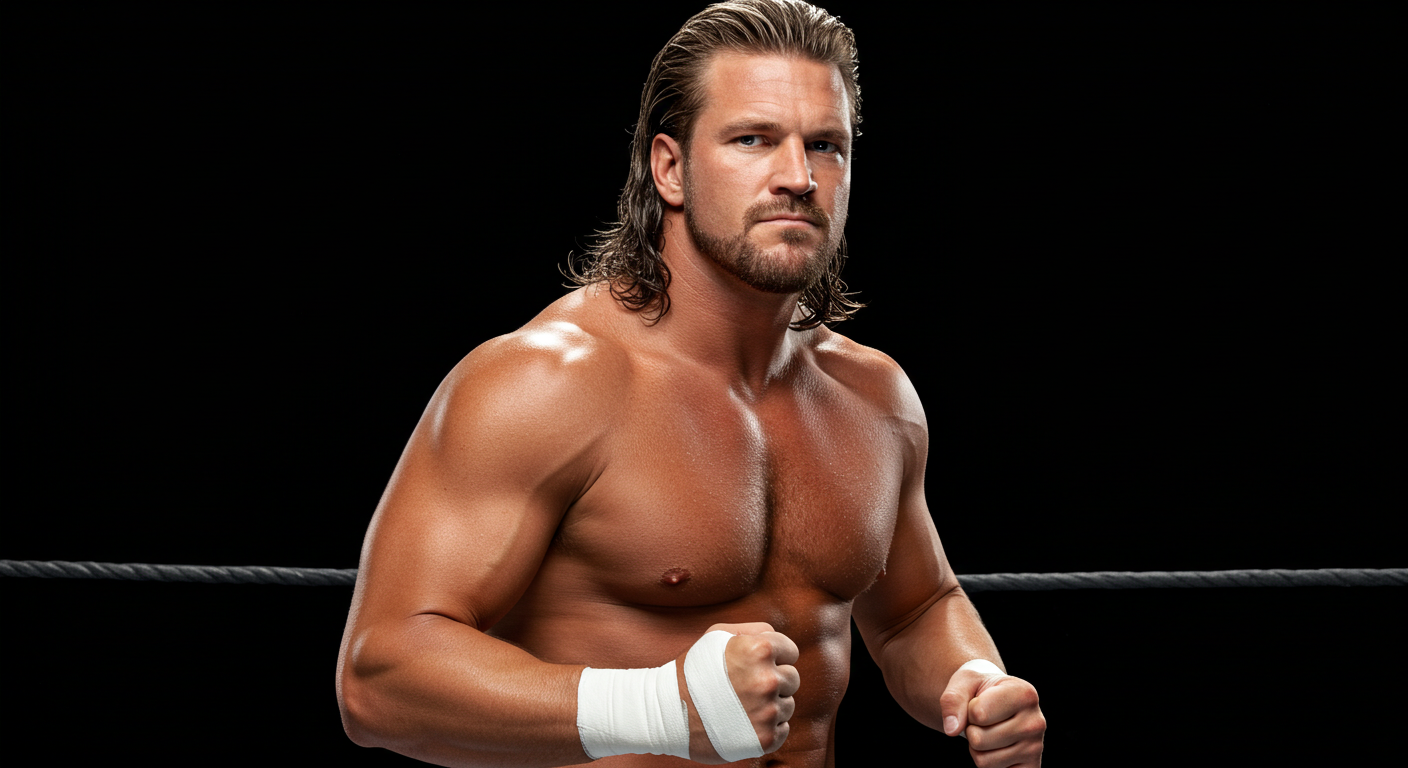
Act III: The World Champion – A Triumphant Return to WCW
After a relatively short run, Steamboat left the WWF, famously asking for time off to be with his wife and newborn son—a testament to his character that solidified his “family man” persona. In 1989, he returned to the NWA (which would soon become WCW) and immediately picked up right where he left off: chasing Ric Flair.
- The 1989 Trilogy: If their earlier matches were the foundation, their series of three matches in 1989 was the cathedral. At Chi-Town Rumble, Steamboat defeated Flair to win the NWA World Heavyweight Championship, his first and only reign with a major world title. They would have two more classics—a two-out-of-three falls match at Clash of the Champions that went nearly an hour, and a final battle at WrestleWar where Flair regained the title. This trilogy of matches is almost universally acclaimed as the greatest series of matches between two opponents in wrestling history.
- A Workhorse Champion in the 90s: Throughout the early 1990s, Steamboat remained a pillar of WCW. He had memorable feuds with Lex Luger and “Stunning” Steve Austin, capturing the United States Championship and the Television Championship. His rivalry with a young Steve Austin over the U.S. title was particularly significant, as Steamboat’s veteran presence and incredible in-ring ability helped elevate the future “Stone Cold” to a new level. Unfortunately, a severe back injury sustained in a match against Austin in 1994 forced Steamboat into an early retirement.
The Final Resume: An Ageless Artist
For years, Ricky Steamboat stayed away from the ring, working behind the scenes for WWE as a road agent and trainer, passing his immense knowledge on to a new generation of superstars. However, his resume had one final, incredible chapter.
In 2009, leading up to WrestleMania 25, he became involved in a storyline with Chris Jericho, who was disrespecting a list of wrestling legends. This led to a handicap match at WrestleMania, pitting Steamboat, Roddy Piper, and Jimmy Snuka against Jericho. While Piper and Snuka were well past their primes, Steamboat shocked the world. In his 50s, he looked like he hadn’t lost a step, performing with the same fire and athleticism that had made him a star two decades earlier.
This performance was so well-received that it led to a singles match against Jericho at the next pay-per-view, Backlash. In a spectacular match, the 56-year-old Steamboat went toe-to-toe with a prime Chris Jericho, proving that true artistry is timeless.
His induction into the WWE Hall of Fame in 2009 was a mere formality. The resume of Ricky “The Dragon” Steamboat is one of quiet, consistent, undeniable greatness. He was the ultimate babyface, a man who never turned his back on the fans. He was a champion in every major promotion he worked for. And most importantly, he was an artist whose masterpieces—from Starrcade to WrestleMania to WrestleWar—will be studied and admired as long as there is a wrestling ring.

